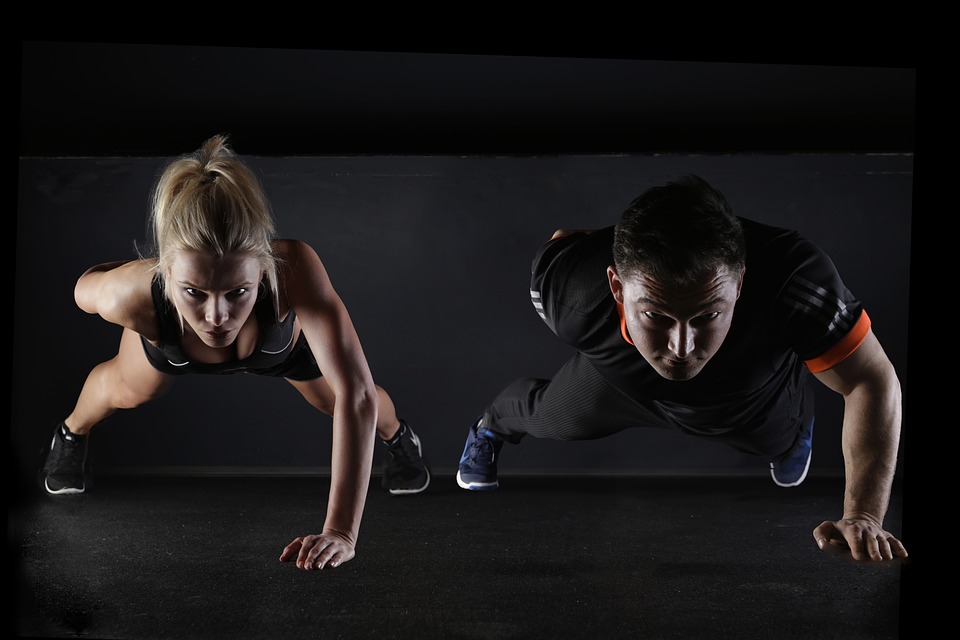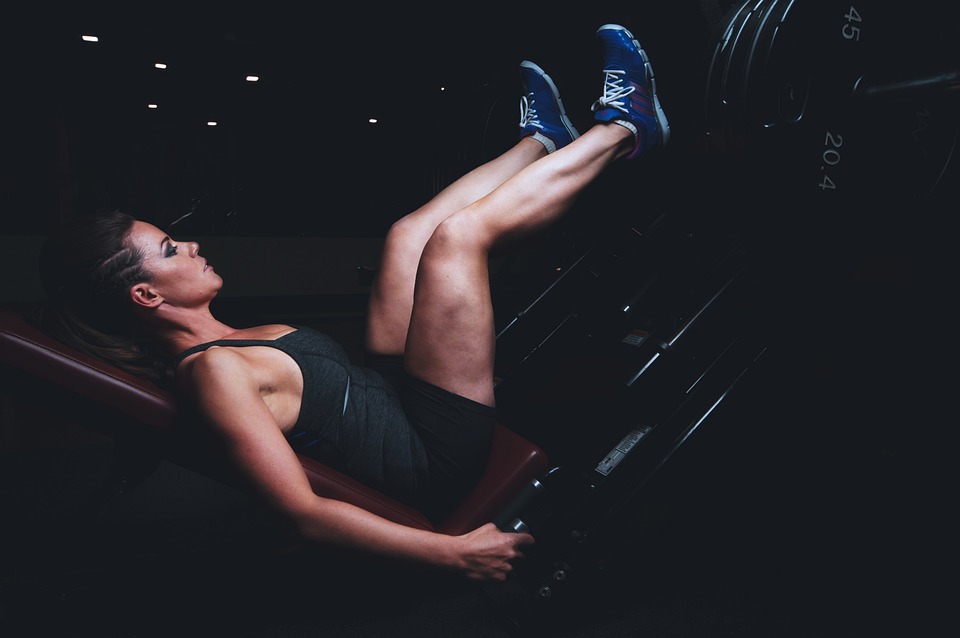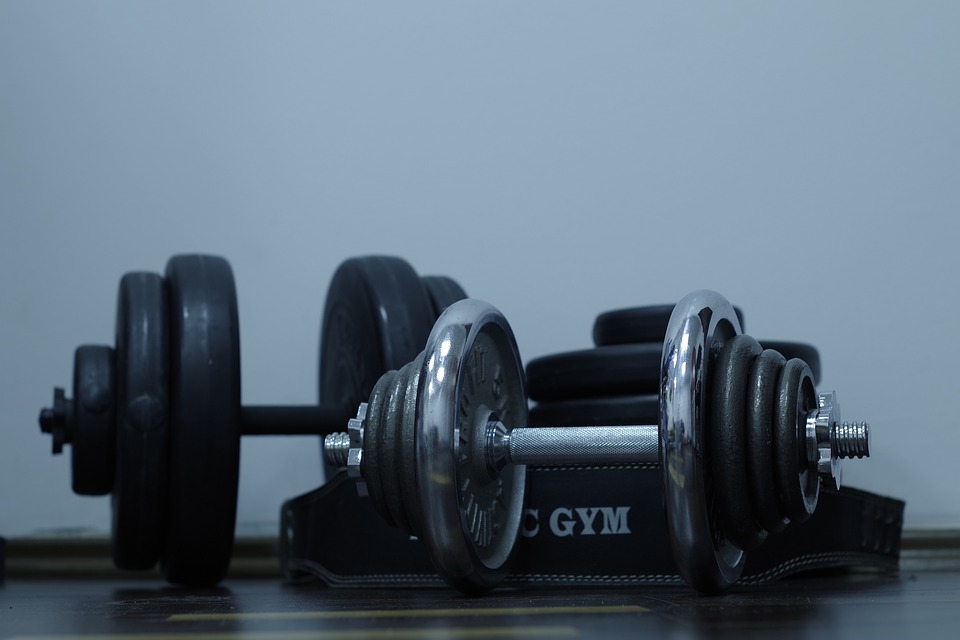
One of the most important things in any successful running program is being able to see progress in your workouts. So, any workout that is successful is based on the idea of gradually increasing difficulty.
What is progression?
The process of progressing or advancing to the next stage of development is known as progression. You achieve progress when you steadily increase the training load in your workout plan.
If you want to become a better runner, you must frequently increase the training volume to push your body to become stronger. If you do not increase your total training load, your body will become less active and the improvements will be smaller and smaller until there are no more improvements. If you want to improve as a runner over several years, you need to include progression in your long-term plan. This means that you must increase the training load for each workout to become better year after year.
Create a training logbook – and monitor your training
It keeps track of your times, distance, and pace You can monitor your progression by keeping a training logbook, which can include the most important elements in an Excel spreadsheet or Word document. If you have a running watch or use a training app on your smartphone, it would make it easier. For example, runners with a Garmin watch can use the Garmin Connect, which works like a training logbook and keeps track of your times, distance, and pace.
There are 5 elements that you should be including in your training logbook if you are keeping one manually.
– The name of your training session
– The total km of your workout
– The total time
– The pace
– Any notes on the weather, injuries/discomforts, etc.
This is how you incorporate good progression in your running program
Start by finding your starting point and endpoint.
How many kilometers do you want to run in the first week of your program, and how many do you want to reach before the final phase of slowing down?
As an example, we will imagine a fictitious person called “John.” John wants to train for the marathon. John is an intermediate runner and decides to start with 40 km per week and has an end goal of 60 km per week in 16 weeks. Therefore, John needs to increase his training load by 20 km every week in 16 weeks; so, 1.25 km a week or 5 km every month. We can now start planning the individual weeks and months in order to reach 60 km by week 16.
The 4 months will look something like this;
1st month: from 40 to 45 km
2nd month: from 45 to 50 km
3rd: from 50 to 55 km
4th: from 55 to 60 km
The strategy is to steadily increase the amount of kilometers run throughout the entire period, which means a stead increase of stress on the body, which ultimately lowers the risk of injuries.
We are going to break the month down into weeks, using the same example of increasing the training load by 1.25 km each week. We don’t want to increase the training load every week though. We want a calm week in week 4 so the body can recover and be ready for a new increase in training load in week 5.
The first four weeks will look something like this:
1st week: 40 km
2nd week: 42 km
3rd week: 45 km
4th week: 40 km
We can now continue to weeks 5-8.
Week 5-8 will look something like this;
5th week: 45 km
6th week: 47 km
7th week: 50 km
8th week: 45 km
We’re going to continue to increase in the same way as we have been for the past 4 weeks, but it’s recommended that we take a break from this progression every now and then with one or two calm weeks.
14 running tips to help you become a better runner
Picking a training plan is important if you have a running event lined up. If you don’t have a long-term goal in mind, you can still prepare by deciding how often you want to run.
- Have a plan
If you intend to complete a race or improve your marathon time, you need a training plan. Without one, you won’t make any progress. According to Shaun Dixon, an elite runner and coach, you can either find a generic plan or create a custom one. Many runners have had success with generic plans, which are usually free. Be sure that the plan was made by an expert and that you understand why each session is included. This will enable you to make adjustments based on your availability and how you’re progressing.
- Get an MOT
It can be helpful to get a professional opinion before you begin your workout plan, in order to avoid any small problems that could turn into bigger issues, especially if you have a history of injuries.
If you want to start running regularly, it’s important to identify and correct bad habits early on, so that your training is more effective and enjoyable, Dixon says. Make an appointment with a physical therapist or sports masseur, who can point out any weaknesses, stiffness, or imbalances. An expert can help you identify potential problems that, if left untreated, could lead to pain or injury later on.
- Consider a club
If you’re training for a race, you might want to try running with a group. Running with other people is a great way to stay motivated, make friends, and discover new places to run. You can usually find free running groups in most cities. If not, look into joining your local running club. Most clubs cater to all abilities, so don’t worry if you’re not a fast runner.
- Get a gait analysis
If you’re interested in finding out more about how you run, many specialist running stores offer a free gait analysis service. You’ll be videotaped running on a treadmill for a couple of minutes, and then the footage will be played back (in freeze-frame if necessary) to assess your foot plant, stride, and running pattern. This information can help the store find the best shoe for you, but it’s important to remember that you shouldn’t value your gait analysis results over what your feet are telling you. As a general rule, the best shoe for you is the one that feels best on a trial run.
- Choose the right type of shoe
Choose shoes based on where you will be running. If you will be running mostly on trails, buy shoes that have deeper studs on the bottom so you don’t feel discomfort on paved roads.
There are two primary types of road running shoes: those that provide stability and those that are neutral. The latter are designed for runners who pronate excessively (roll their feet inward upon landing). If you are unsure whether you pronate excessively, you might want to get your gait analyzed.
- Go for a trial run
You should always test any shoes you plan on buying before actually making the purchase. This is because buying shoes is a big investment. Trying them on in the store only gives you a small idea of how they feel. You won’t know how they feel when you’re running in them unless you “road test” them on an in-store treadmill.
- Don’t wear your shoes out
The shoes you use for running need to be replaced often because they experience a lot of wear and tear on various surfaces and in all types of weather conditions. For most people, a new pair is needed after every 500 to 600 miles. However, how often you need to buy new shoes depends on factors such as your weight, running style, and the types of surfaces you run on. Wearing shoes that are clearly worn out can lead to injuries, so it is best to avoid using them for too long.
- Select smarter socks
The best way to find shoes that fit well is to wear the same socks that you would during a run. This will ensure that the shoes take into account the thickness of your socks and how your feet expand in heat. Runners should wear running-specific socks as they have more padding in areas that are prone to blisters. The socks will also provide support in the arch area, allowing the shoe to fit more snugly.
- Round out your running wardrobe
After you have your shoes and socks, you need to concentrate on the rest of your gear. T-shirts and shorts are the basics of any runner’s outfit and what you want in them is that they are light, airy, and absorbent. Other than that, it depends on the climate you will be running in. If you are going to be running outdoors in winter, then you should buy a jacket that will keep you warm and dry. Base layers and running tights can also help keep you warm in cold weather.
- Run your routine
According to Dixon, the key to becoming a better runner is consistency and following a sensible, realistic, and progressive training plan.
- Mix up your runs
The more you run, the better you will get at it. However, after a while you will need to do different types of runs to continue improving. If you run too hard every time you will get injured or burned out. If you only do easy runs, you will not get faster or fitter. A good training plan will have mostly easy runs with one speedy interval or hills session, one tempo run, and one long run each week.
- Train faster
The duration and velocity of your intervals will fluctuate based on your overarching objectives, and you can also do separate sessions in which you shift the length and tempo of your intervals.
According to Dixon, short, fast interval sessions will increase your sustainable speed. Intervals should last no longer than 90 seconds and you should aim to maintain an intensity of around 85% of your maximum effort throughout. Rest between each interval should be three to four times the length of the drill, in order to maintain sprint quality.
coach suggests starting with 10 short reps (around 40 seconds each). “If your speed starts to drop off during a sprint, stop the session,” he says. ” only quality reps will help improve your speed. These drills will cause a build-up of lactic acid, which is the goal of the session. The better you are at tolerate lactic acid, the faster you’ll run.” Make sure to warm up thoroughly before starting.
- Work on technique
If you’re just starting to run, you can make a lot of progress just by being consistent and increasing the frequency and quality of your training. However, after a while you might also start seeing benefits from improving your running form. It can be tricky to make these changes without help from an expert, though.
To stand correctly, Dixon says you should be upright, with your hips high, and leaning a bit forward from your toes. Your shoulders, hips, and ears should be in a straight line, and you should avoid moving your shoulders and hips from side to side, as well as twisting your torso by dropping your shoulders and pushing your arms back from the shoulder joint.
increasing the number of steps you take per minute while running can improve your efficiency and lower your risk of injury
Dixon says that your goal should be to spend less time in contact with the ground by taking shorter, faster strides instead of long, heavy strides.
- Don’t delay refueling
It is important to refuel correctly after your run, especially if you choose to run without eating first. “If you run without eating first, it is important to eat a good meal containing carbohydrates for energy replacement and a good source of protein for muscle repair as soon as possible,” says author of Training Food and performance and clinical dietitian Renee McGregor.














